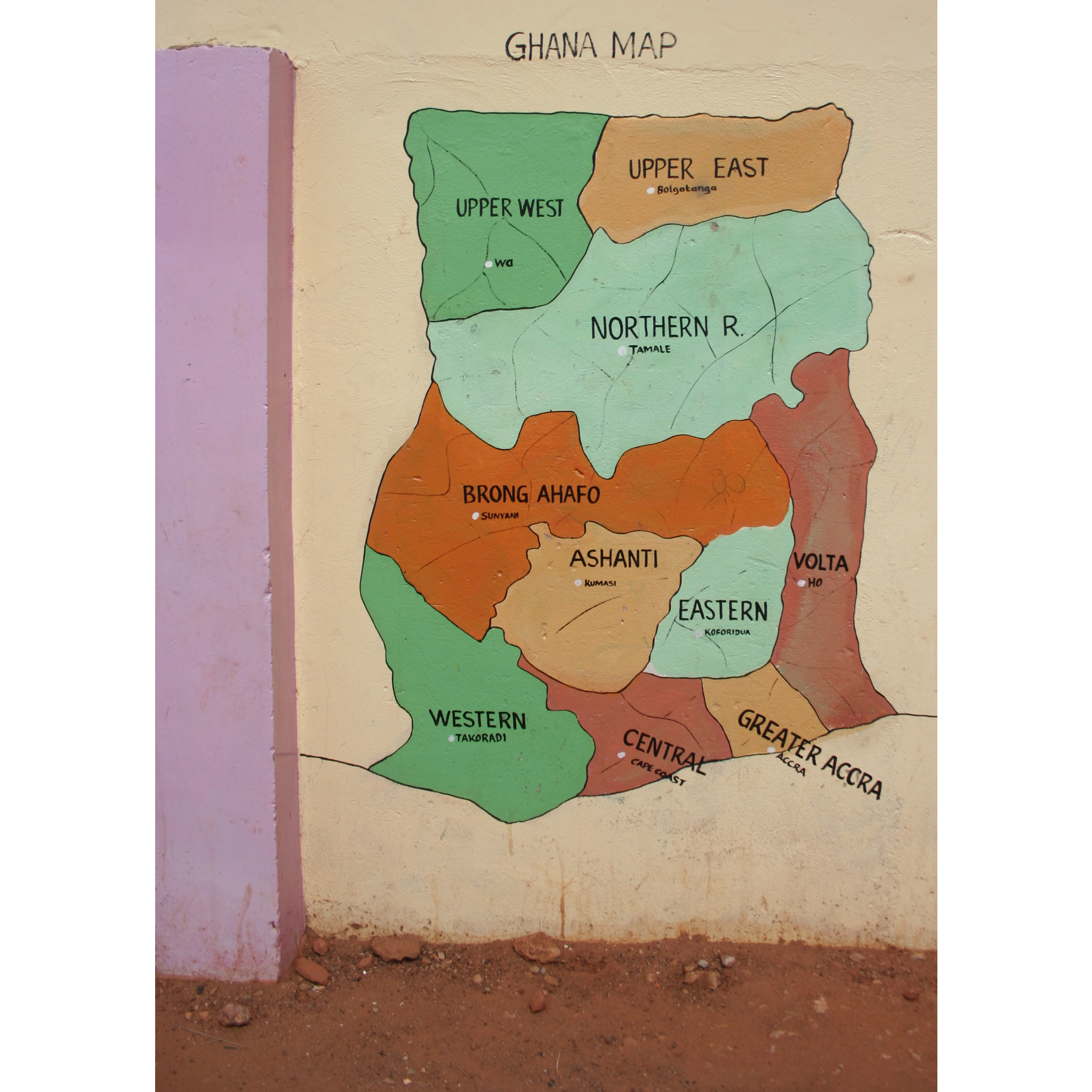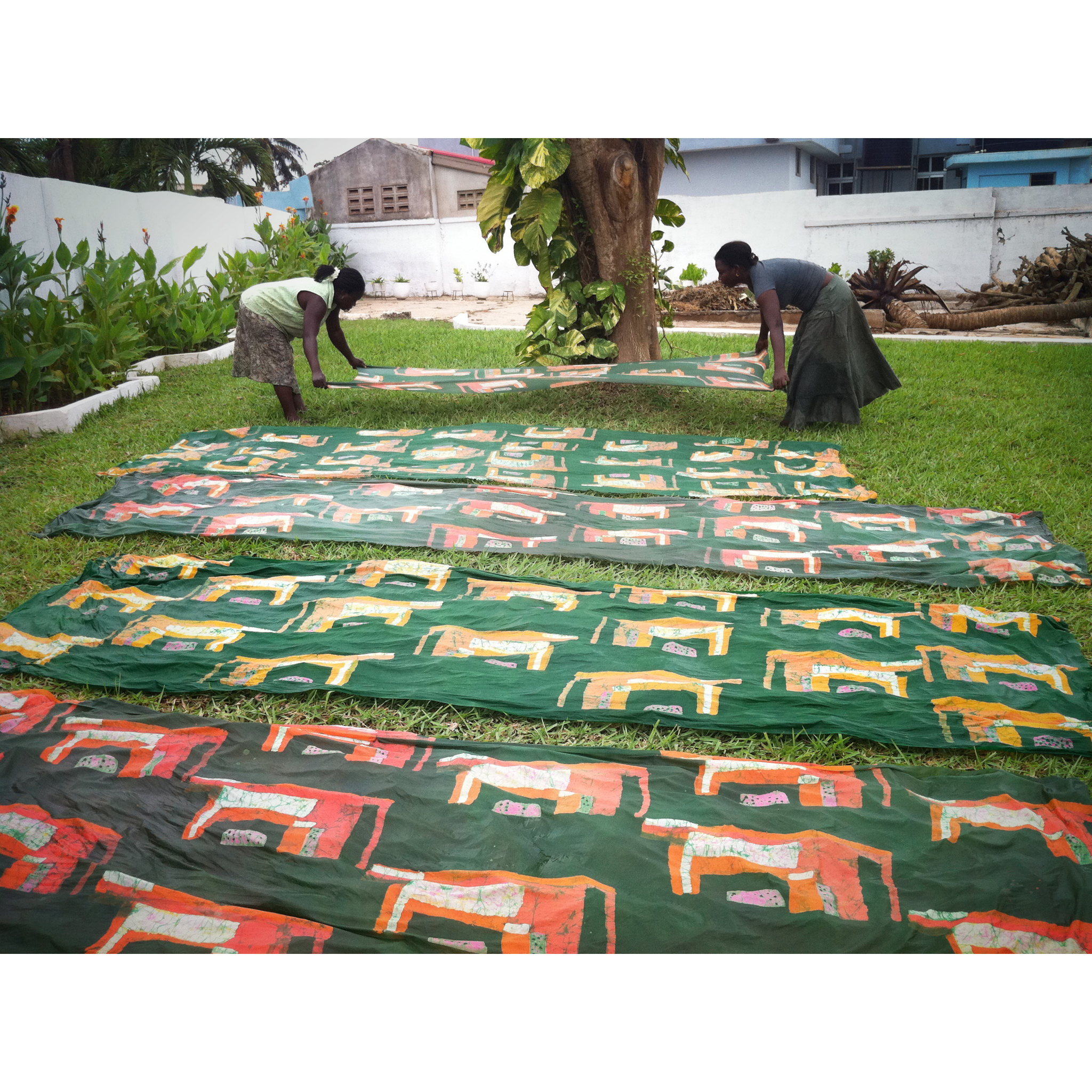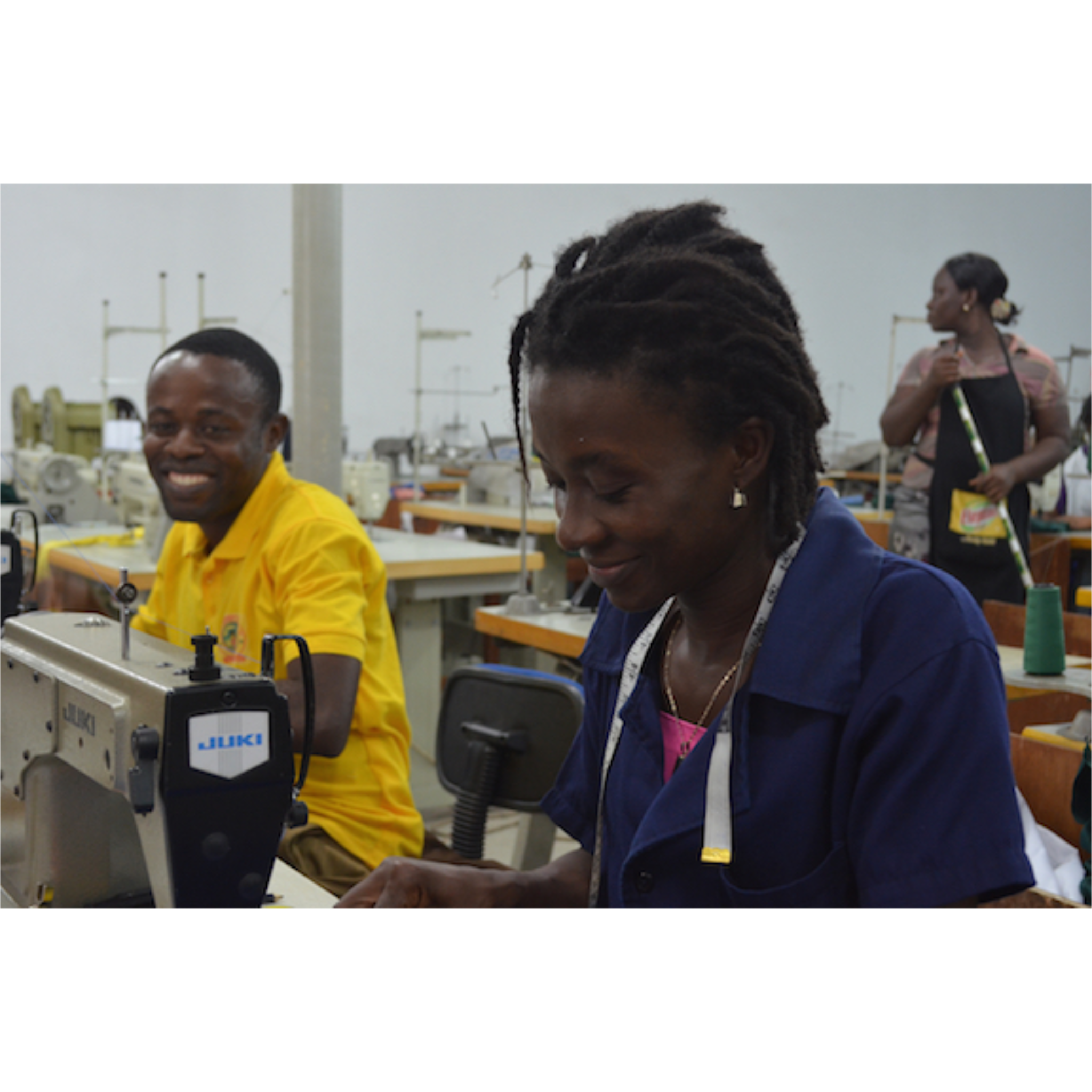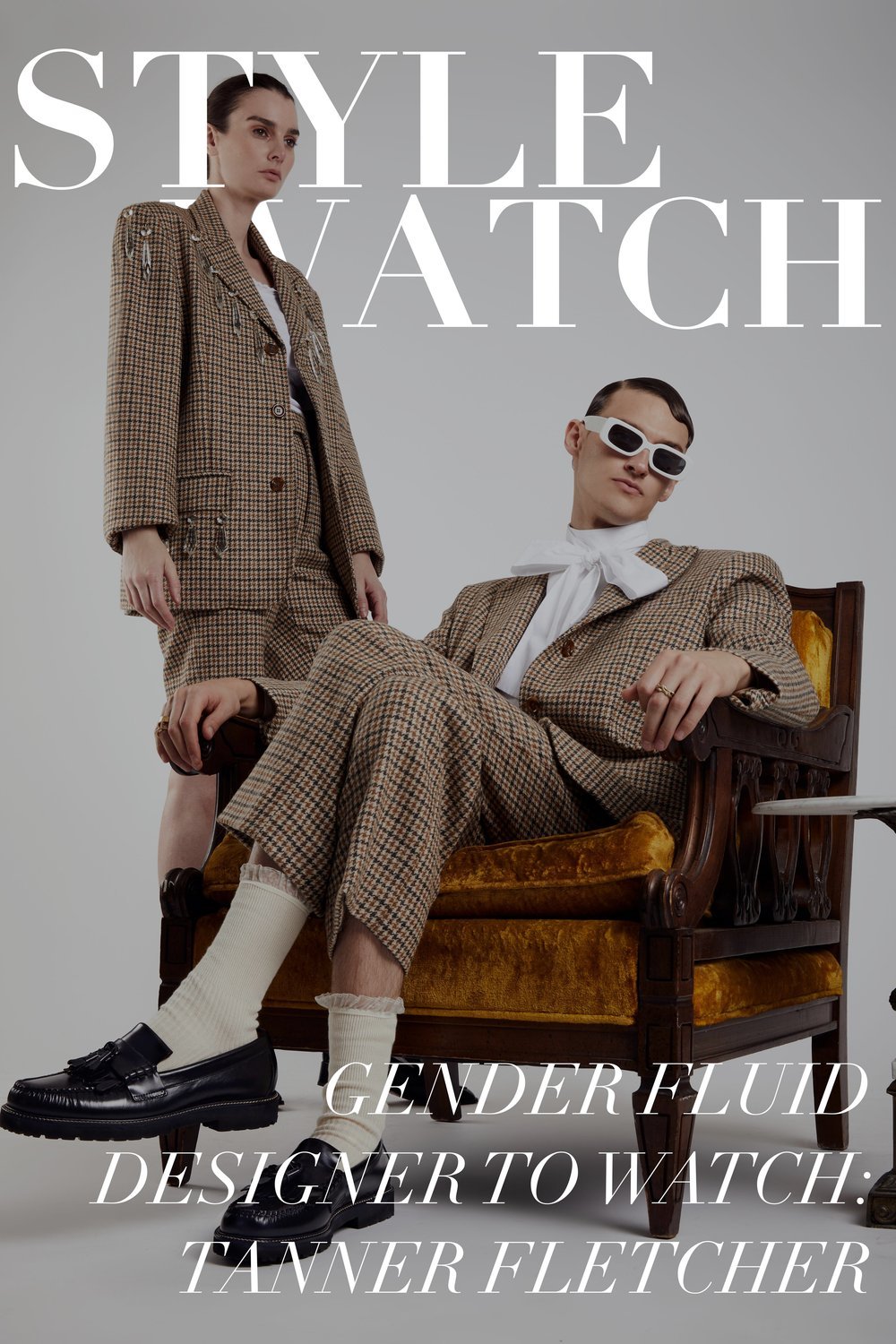Osei-Duro
Osei-Duro uses traditional textile techniques to produce contemporary garments. Based in the United States, Ghana, and Canada, we support local apparel industries in becoming more sustainable. We believe that economic and environmental sustainability and justice are intrinsically linked, and we encourage international exchange of ideas and information.
In what ways is Osei-Duro a sustainable brand?
Great question. To be clear, we don’t think anyone can buy themselves out of a consumption problem. We’ve found ourselves in the fashion industry producing clothing and want to make it as minimal impact as possible.
We try to reduce our environmental impact as much as possible, while promoting traditional textiles and creating and maintaining jobs. For us that means eliminating waste as much as possible by creating a circular loop. We keep our scraps and donate them to artists, crafters, and non-profits. We buy back our used and damaged clothing to keep it out of the landfill. We are working on dye-waste reduction/recycling facilities for our dyers.
What types of apparel do you sell?
We sell hand dyed clothing that uses Batik, a wax resist technique. We make primarily dresses and jumpsuits and are now finding success in making tops and bottoms. The clothes are bright and eye-catching.
What are the traditional techniques used for producing your clothing?
The bulk of our garments are made from batiked cloth, which is a wax resist technique. We also have experimented with hand cast brass, natural indigo, and other plant-based dyes, weaving, hand crochet, and so on.
How would you describe the “standard” Osei-Duro customer?
Our customers are thoughtful and globally minded.
The company is based in three countries. How does this variety of viewpoints influence the clothing?
It can be inspiring and challenging at the same time. Climate has a huge factor on design. In Vancouver people mostly wear athleisure and dark colors because it rains a fair amount and we do lots of outdoor stuff. The United States is more varied because the climate is varied. In Ghana it’s bright and lightweight clothing.
What are your future goals and expectations for the brand?
We are happy with how things are now. After 11+ years we have finally gotten to a point where we have enough staff and pay the bills. We’d like to introduce a fund to help small-scale tailors and batikers grow, as access to credit is a challenge in Ghana. We’d like to give shares of the company to our staff. We want to do a skills transfer with textile artisans and India so that Ghanaian’s artisans can learn new techniques. We want to focus more on artist collaborations and projects that have to do with our textile scraps. There is so much to do.
How much do our individual environmental choices matter?
This is a great question. Sometimes I wonder if my use of a plastic straw really matters when a large corporation doesn’t have a recycling program, for instance. I suppose individual choices eventually put pressure on corporations and government to make changes. But it’s too bad we have to make the effort first. And possibly too late. I think eventually sustainability will be good business sense, and the only way forward.
What are your best sellers?
It used to be that dresses and jumpsuits were our best sellers. But now it’s so many things. However, our best sellers are styles that are easy to throw on and that fit and flatter a variety of different body types. This season our Sampa Wrap Dress and Latus Trousers are doing super well.
Social Media.
https://www.instagram.com/oseiduro/
Article by Melissa Kaiser, Contributor, PhotoBook Magazine
Tearsheets by Alexa Dyer, Graphic Design Intern, PhotoBook Magazine









